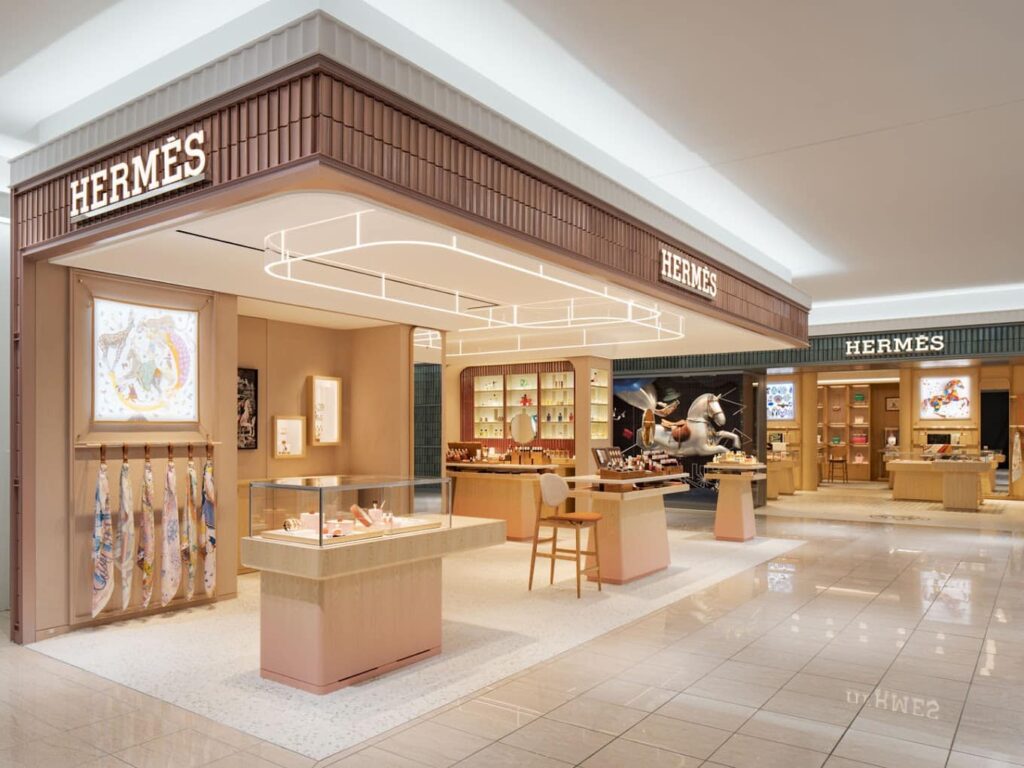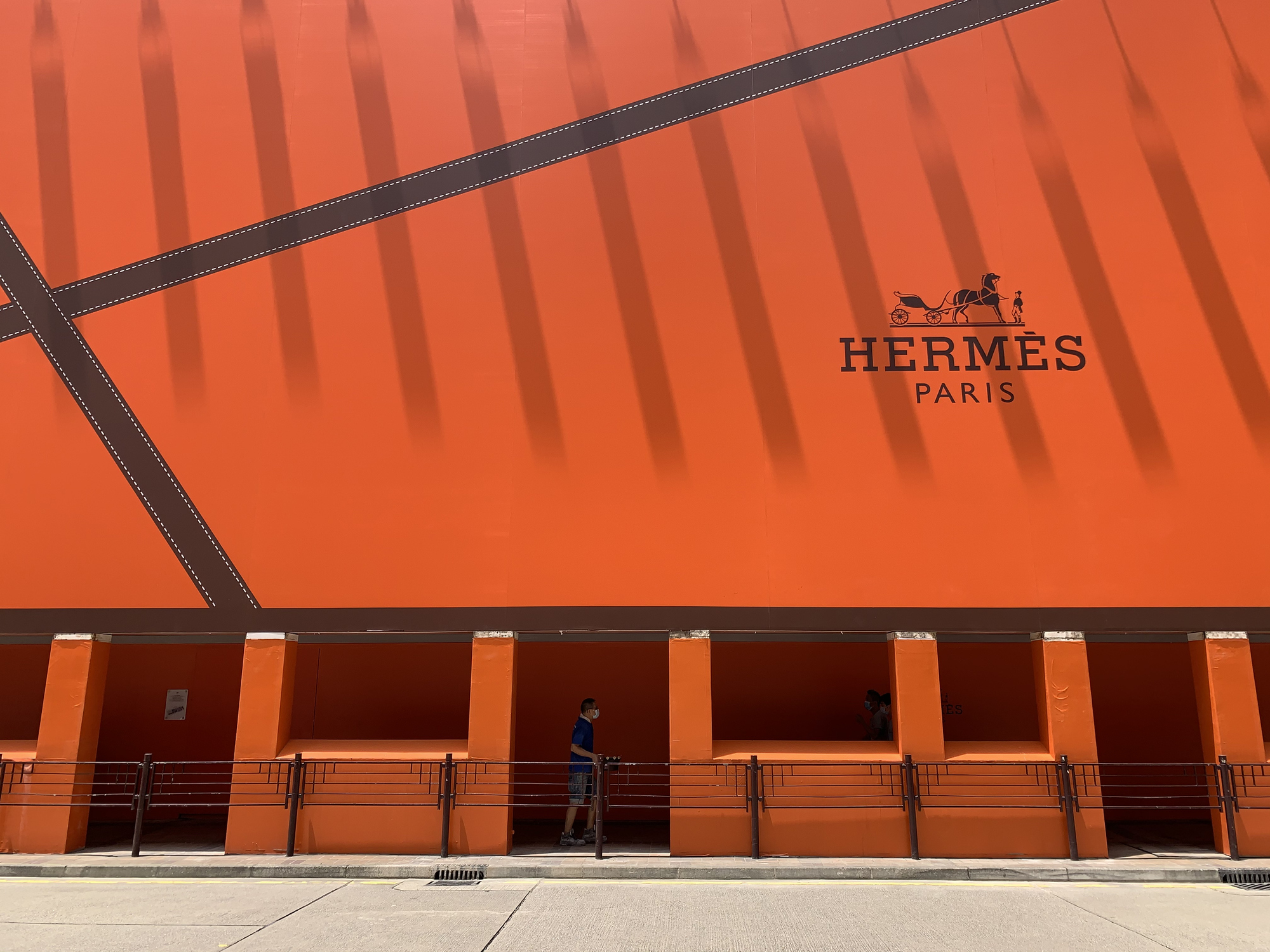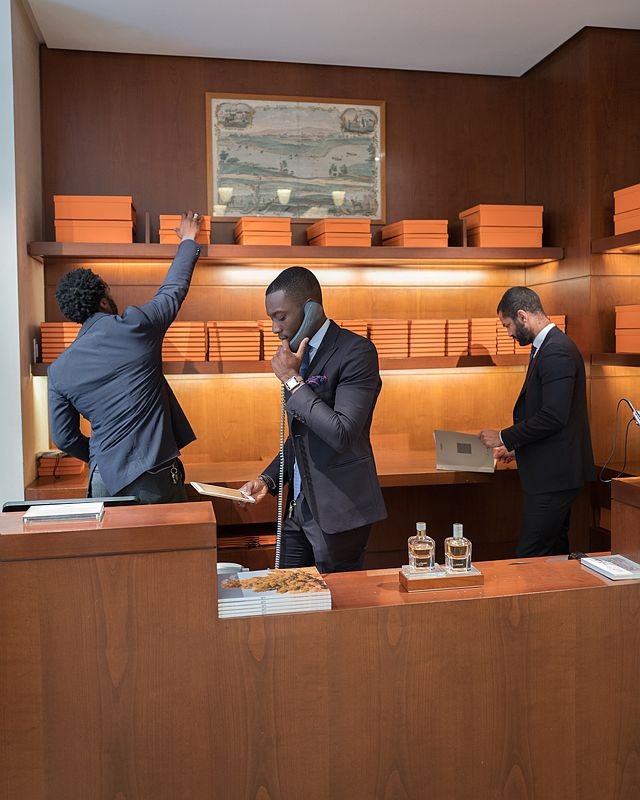Hermès: 75% of New Clients Online in 2020, A Model to Follow
In 2020, Hermès found that 75% of its new customers came from online sales channels. This figure highlights the growing importance of e-commerce, even for historic luxury brands. But how did Hermès manage to adapt to this digital transformation without compromising its prestigious image?
A Measured Approach to E-Commerce
Hermès chose to evolve its online model while maintaining the brand’s image. The website remains faithful to the brand’s elegance: minimalist, sober, and intuitive. It’s not just a sales platform, but a true extension of the Hermès experience found in boutiques.
The Customer Experience: Online Exclusivity
One of the main advantages of Hermès’ e-commerce approach is the continuity of the customer experience. Online, services like product personalization and expert consultations allow customers to enjoy a unique experience, similar to what they would have in-store.
A Younger and More International Clientele
This shift allowed Hermès to reach a new customer base, younger and more international. These new clients weren’t necessarily present in physical stores, but the digital platform offered them direct access to the brand.
Omnichannel: A Perfect Continuity
The integration of e-commerce with physical stores allows Hermès to offer a flawless omnichannel experience. Regardless of the chosen channel, the customer experience remains smooth and consistent, ensuring high-quality service at every interaction.
The Future of Luxury: Digital and Physical, Together
Hermès’ example shows that digitalization, when well-managed, can be a powerful growth lever, even for luxury houses. By seamlessly integrating digital and physical, the brand creates a unique customer experience that meets the expectations of a demanding clientele.

For more details, read the full article here: Hermès: 75% of new clients online in 2020.



